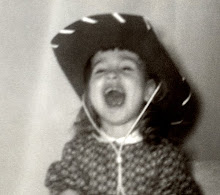

The original meaning for “Make Do and Mend” was created between 1941 and 1949 in Britain during World War II. Adults were rationed to a small number of clothing coupons per year, the price fixed by law. If you had money, but no coupons, you could not buy, although an illegal black-market grew up of traders willing to supply at a price. The repairing and reinventing of clothing and everyday objects that would normally be discarded due to shortages and rationing began in ernest. Wartime rationing of textiles led to the famous campaign which encouraged women to be frugal and clever to clothe themselves and their families. A ‘make-do and mend’ ethos grew up, recycling old clothes, unpicking the wool from old pullovers to darn socks, for example.
The Make Do and Mend booklet was intended to provide housewives with useful tips on how to be both frugal and stylish in times of harsh rationing. With its thrifty ideas and advice on reusing old clothing, the book was an indispensable guide for households. Women were advised to create pretty 'decorative patches' to cover holes in warn garments; unpick old jumpers to re-knit chic alternatives; turn men's clothes into women's; as well as darn, alter and protect against the 'moth menace'.
There are many blogs, artists and businesses that are using the Make Do and Mend philosophyin the present times as a means to recycle, reuse and save materials that usually go to waste.
http://www.makeitandmendit.com
http://www.battleofbritain1940.net/document-3.html
http://www.wornthrough.com
Follow my blog with Bloglovin









